The Lesser Kudu (Tragelaphus imberbis) is a visually striking antelope, featuring a unique coat pattern that sets it apart from other members of the antelope family. Males and females display distinct characteristics. Males stand at an average shoulder height of 100-110 centimeters (39-43 inches) and weigh around 92-108 kilograms (203-238 pounds), while females are slightly smaller. Both sexes possess a sandy-gray to reddish-brown coat adorned with 11-15 vertical white stripes on their flanks, enhancing their camouflage in their arid habitat. These stripes, combined with their slender body shape, make them exquisite creatures to behold.
Lesser Kudus are primarily found in the dry lands of northeastern Africa, including countries such as Ethiopia, Somalia, Kenya, Sudan, and Tanzania. Within these regions, they inhabit a variety of habitats, including arid and semi-arid areas, savannas, and woodlands. Their ability to adapt to different environments has contributed to their survival in regions where water sources can be scarce, and vegetation is sparse.
Lesser Kudu: Species Profile
COMMON NAME: Lesser Kudu
SWAHILI NAME: Tandala mdogo
SCIENTIFIC NAME: Tragelaphus imberbis
TYPE: Mammal
FOOD: Lesser kudus are browsers, feeding on a variety of leaves, twigs, and shoots. They have a specialized diet that includes a wide range of plants such as bushes, herbs, and fruits. They are selective feeders, choosing the most nutritious parts of plants to consume.
HABITAT: Lesser kudus inhabit dense woodlands, thickets, and shrublands in East Africa. They are found in arid and semi-arid areas, often near water sources. They prefer habitats with dense vegetation, providing them with cover and browsing opportunities.
SIZE: Lesser kudus are medium-sized antelopes. Adult males, known as bulls, have a shoulder height of approximately 100-115 centimeters (39-45 inches) and weigh between 92-108 kilograms (203-238 pounds). Adult females, known as cows, are slightly smaller, with a shoulder height of about 90-100 centimeters (35-39 inches) and a weight of 55-70 kilograms (121-154 pounds).
AVERAGE LIFE SPAN IN THE NATURAL HABITAT: In the wild, lesser kudus have an average lifespan of around 10-15 years. However, some individuals have been known to live longer in protected areas or captivity.
ACTIVE: Lesser kudus are primarily crepuscular, meaning they are most active during dawn and dusk. They rest and seek shelter during the hottest parts of the day. They are agile and elusive animals, relying on their camouflage and ability to hide in thick vegetation.
GESTATION PERIOD: The gestation period of lesser kudus lasts for approximately 7-8 months. After this period, a single calf is born, which can stand and follow its mother within a short time. The calf remains hidden in dense vegetation for protection while the mother feeds nearby.
WEIGHT: The weight of adult lesser kudus varies depending on their sex. Adult bulls weigh between 92-108 kilograms (203-238 pounds), while adult cows weigh approximately 55-70 kilograms (121-154 pounds).
SIZE COMPARISON TO A 6-FT MAN: Lesser kudus are smaller in size compared to a 6-ft man. Adult males have a shoulder height of about 100-115 centimeters (39-45 inches), which is similar to the average height of a tall human. However, their slender build and antelope proportions make them noticeably different from a human.
Striking Physical Features:
The behavior of lesser kudus (Tragelaphus imberbis) is as fascinating as their appearance. These antelopes exhibit a range of behaviors that contribute to their survival and social dynamics. Here are some insights into the behavior of lesser kudus:
1. Solitary and Territorial: Lesser kudus are primarily solitary animals, with males and females often occupying separate territories. The males establish and defend their territories, marking them with scent and engaging in displays to deter intruders.
2. Nocturnal and Crepuscular: Lesser kudus are known to be primarily active during the early morning and late afternoon, making them crepuscular animals. They may also be active at night, allowing them to avoid the intense heat of the day and reduce the risk of predation.
3. Excellent Jumpers: Lesser kudus are agile and powerful jumpers, capable of clearing obstacles such as fallen trees and dense vegetation. Their long legs and strong muscles enable them to navigate their habitat with ease and escape from potential threats.
4. Camouflage and Stillness: When faced with danger, lesser kudus rely on their excellent camouflage to blend into their surroundings. They freeze in place, remaining motionless for extended periods, using their natural coloring and patterns to remain hidden from predators.
5. Vocalizations: While lesser kudus are generally silent, they can produce a range of vocalizations when necessary. These include a soft whistle, snorts, and a loud bark-like alarm call, which they use to communicate with other kudus or to alert members of their group to potential dangers.
6. Feeding Patterns: Lesser kudus are selective browsers, feeding on a variety of leaves, shoots, fruits, and flowers. They use their mobile lips and long tongue to pluck foliage from trees and shrubs. Their feeding patterns vary based on the availability of food sources and their movements within their territories.
7. Social Interactions: While lesser kudus are generally solitary, there are instances where they may form small groups, particularly during the mating season. Females with their offspring can also be seen together, providing some social interaction within their individual territories.
8. Scent Marking and Communication: Lesser kudus use scent marking as a way to communicate with other individuals. Males have preorbital glands on their faces that they rub against trees and vegetation to leave their scent. They may also scrape the ground and deposit their urine as territorial markers.
9. Mating and Reproduction: Breeding in lesser kudus can occur throughout the year, but peaks may vary across different populations. Males engage in impressive displays to attract females, involving posturing, neck wrestling, and vocalizations. After a gestation period of around seven to eight months, a single calf is born, which the female hides in dense vegetation for protection.
Understanding the behavior of lesser kudus enhances our appreciation for these remarkable antelopes. Their solitary nature, remarkable agility, and unique adaptations contribute to their survival in the wild. Observing their behaviors in their natural habitat provides a glimpse into the fascinating world of these captivating animals.
Habitat and Range:
The lesser kudu primarily inhabits the arid and semi-arid regions of East Africa, including Ethiopia, Kenya, Somalia, Sudan, Tanzania, and Uganda. It is particularly well-adapted to the thickets, woodlands, and acacia savannas found in these areas. These antelopes have a preference for habitats with dense vegetation, which provides them with ample cover and a reliable source of food.
Behavior and Adaptations:
The lesser kudu (Tragelaphus imberbis) is a fascinating antelope species known for its distinctive appearance. Here are some details about the appearance of the lesser kudu:
Size and Build: The lesser kudu is a medium-sized antelope, with males being slightly larger than females. On average, males stand about 110 to 130 centimeters (43 to 51 inches) tall at the shoulder, while females are slightly shorter. Adult males can weigh between 92 to 108 kilograms (203 to 238 pounds), while females weigh around 56 to 70 kilograms (123 to 154 pounds). They have a slender, agile build, allowing them to navigate through dense vegetation.
Coat and Coloration: The coat of the lesser kudu is characterized by a striking pattern that helps with camouflage in its natural habitat. The body is covered in short, coarse hair that is dense and provides protection. The coloration varies between individuals and populations, but in general, they have a reddish-brown to gray-brown coat with white horizontal stripes on the torso and vertical stripes on the neck and limbs. These stripes help to break up their outline and blend in with the surrounding vegetation.
Head and Horns: The head of the lesser kudu is narrow and elongated, with a white chevron-shaped patch between the eyes. Both males and females have short, twisted horns that grow from the skull. The horns are present in both sexes, but those of males are longer and more robust. They can reach lengths of about 70 to 80 centimeters (28 to 31 inches) in males, while females have shorter and thinner horns.
Facial Markings: Lesser kudus have distinct facial markings that add to their unique appearance. They have a dark stripe running from the inner corner of each eye down to the muzzle, and they also possess white patches on the cheeks. These markings, combined with their coloration, contribute to their camouflage and provide visual signals within their social interactions.
Sexual Dimorphism: Sexual dimorphism is evident in lesser kudus, with males being larger and having more pronounced features such as longer horns and a more robust build. Females, on the other hand, have a slightly more delicate appearance.
The appearance of the lesser kudu is a marvel of nature, allowing these antelopes to blend seamlessly into their surroundings and adapt to their habitat. Observing them in the wild is a remarkable experience for wildlife enthusiasts and safari-goers.
Ecological Significance:
As browsers, lesser kudus play a vital role in shaping the ecosystem of their habitats. Their selective feeding on leaves, shoots, fruits, and flowers contributes to the maintenance of plant diversity and stimulates new growth. They also act as prey for larger predators, serving as a crucial link in the intricate food web of East African ecosystems.
Conservation Status:
The lesser kudu is currently classified as a species of least concern by the International Union for Conservation of Nature (IUCN). However, localized population declines and habitat degradation pose threats to their long-term survival. Efforts to protect their natural habitats, address poaching concerns, and promote sustainable land management practices are essential for ensuring the conservation of this enchanting antelope species.
Tragelaphus imberbis
The Tragelaphus imberbis (lesser kudu), with its elegant stature and elusive nature, adds a touch of mystique to the East African wilderness. Its unique adaptations, remarkable agility, and striking coat markings make it a true marvel of nature. Understanding the lesser kudu’s habitat requirements, behaviors, and ecological significance is crucial for fostering conservation efforts that preserve this enchanting antelope species for future generations to admire and appreciate.
Lesser Kudu Adaptations
The lesser kudu (Tragelaphus imberbis) has evolved several remarkable adaptations that enable it to thrive in its natural habitat. These adaptations contribute to its survival, agility, and ability to navigate its environment. Here are some notable adaptations of the lesser kudu:
1. Camouflage: The lesser kudu possesses a coat with intricate patterns and colors that provide excellent camouflage in its habitat. The reddish-brown to gray-brown coat, adorned with white horizontal and vertical stripes, helps the animal blend seamlessly with the dappled light and vegetation, making it challenging for predators to spot them.
2. Slender Body and Agile Build: Lesser kudus have a slender, compact body with long legs, making them well-adapted for navigating through dense vegetation. Their agile build allows them to move swiftly and effortlessly, leaping over obstacles and maneuvering through challenging terrain with ease.
3. Excellent Jumpers: Lesser kudus are exceptional jumpers, thanks to their long legs and strong muscles. They can effortlessly clear obstacles such as fallen trees, rocks, and dense vegetation, aiding their escape from predators or facilitating movement within their habitat.
4. Elongated Neck and Mobile Lips: The elongated neck of the lesser kudu enables it to reach high branches and leaves for browsing. Additionally, it possesses mobile lips and a prehensile tongue, allowing it to pluck leaves, shoots, and fruits with precision from trees and shrubs.
5. Scent Glands: Lesser kudus have specialized scent glands located on their faces, known as preorbital glands. These glands secrete a scent that they rub onto trees, bushes, and other objects in their territory. This scent marking serves as a means of communication, particularly for territorial marking and social signaling.
6. Acute Senses: Lesser kudus have well-developed senses that aid in their survival. Their large, rounded ears can rotate independently to detect sounds from various directions, providing early warning of potential threats. They also have keen eyesight, allowing them to spot predators or other animals in their surroundings.
7. Nocturnal and Crepuscular Behavior: Lesser kudus are primarily active during the early morning and late afternoon, as well as at night. This behavior helps them avoid the intense heat of the day, reduces competition for resources, and minimizes the risk of predation by nocturnal predators.
8. Water Conservation: Lesser kudus have adaptations that allow them to conserve water in their arid and semi-arid habitats. They can obtain moisture from the vegetation they consume, reducing their dependence on external water sources. Their efficient water utilization helps them survive in environments where water is scarce.
9. Alert and Defensive Behavior: Lesser kudus are cautious and alert animals, constantly scanning their surroundings for potential threats. When faced with danger, they freeze and remain motionless, relying on their camouflage to blend into the environment. They will only flee if they perceive imminent danger.
These adaptations collectively enhance the lesser kudu’s ability to survive in its habitat, evade predators, and efficiently forage for food. They are a testament to the incredible diversity and ingenuity of nature’s evolutionary processes.
Best place to see Lesser Kudus in Tanzania
If you’re looking to spot lesser kudus (Tragelaphus imberbis) in Tanzania, there are a few key locations where you have a higher chance of encountering these fascinating antelopes. Known for their elusive nature and preference for dense vegetation, lesser kudus can be found in the following areas:
1. Serengeti National Park:
As one of Tanzania’s most famous national parks, the Serengeti is renowned for its diverse wildlife. While lesser kudus are not as commonly seen here compared to other antelope species, they can still be spotted in the park’s wooded areas and acacia woodlands, particularly around the Seronera region.
2. Tarangire National Park:
Located in northern Tanzania, Tarangire National Park is home to a variety of wildlife, including lesser kudus. This park is characterized by its vast baobab trees, open grasslands, and seasonal swamps, which provide an ideal habitat for these antelopes. Exploring the park’s riverine forests and dense vegetation along the Tarangire River increases your chances of encountering lesser kudus.
3. Ruaha National Park:
Situated in central Tanzania, Ruaha National Park is known for its rugged landscapes, diverse wildlife, and baobab-studded plains. Lesser kudus can be found in the park’s miombo woodlands and riverine areas, where they take advantage of the plentiful vegetation and water sources. Game drives and guided walks in Ruaha offer opportunities to observe these elusive antelopes in their natural habitat.
4. Selous Game Reserve:
As one of Africa’s largest game reserves, the Selous is a prime location for wildlife enthusiasts. Lesser kudus inhabit the woodlands and thickets of this vast reserve, which boasts diverse ecosystems ranging from dense forests to open savannahs. Exploring the reserve on guided safaris or boat trips along the Rufiji River can increase your chances of encountering these graceful antelopes.
5. Ngorongoro Conservation Area:
Famous for its stunning Ngorongoro Crater, this conservation area supports a wide range of wildlife, including lesser kudus. While they are not as commonly seen as other antelope species within the crater itself, venturing into the surrounding highlands and forests can offer opportunities to spot these elusive creatures.
It’s important to note that lesser kudus are generally more challenging to spot compared to other antelope species due to their secretive nature and preference for dense vegetation. Patience, keen observation skills, and the guidance of experienced guides or naturalists will greatly enhance your chances of sighting these remarkable animals.
Lesser Kudu Safari tips
Embarking on a safari to spot lesser kudus (Tragelaphus imberbis) in their natural habitat can be an exhilarating experience. These elusive antelopes require careful observation and strategic planning to increase your chances of encountering them. Here are some safari tips to enhance your lesser kudu sighting adventure:
1. Choose the Right Safari Destination: Selecting the appropriate safari destination is crucial for spotting lesser kudus. Opt for national parks and reserves in Tanzania known to have populations of lesser kudus, such as Serengeti National Park, Tarangire National Park, Ruaha National Park, Selous Game Reserve, and the Ngorongoro Conservation Area. Research the specific areas within these destinations where lesser kudus are more likely to be found.
2. Engage Knowledgeable Guides: A knowledgeable and experienced safari guide can significantly enhance your lesser kudu sighting experience. Look for reputable safari operators or guides who have expertise in the regions where lesser kudus reside. Their insights and understanding of the local ecosystems and wildlife behavior will greatly increase your chances of locating and observing these elusive antelopes.
3. Opt for Early Morning and Late Afternoon Game Drives: Lesser kudus are crepuscular animals, meaning they are most active during the early morning and late afternoon. Plan your game drives during these times when the antelopes are more likely to be on the move, browsing for food or engaging in social interactions. The soft lighting during these hours also provides excellent conditions for photography.
4. Explore Wooded and Vegetation-Rich Areas: Lesser kudus prefer habitats with dense vegetation, such as woodlands, riverine forests, and thickets. Focus your safari activities in these areas where the antelopes are likely to seek shelter and browse on foliage. Be patient and observant, scanning the surroundings carefully for any signs of movement or their telltale reddish-brown coat and distinctive vertical white stripes.
5. Practice Silence and Patience: Lesser kudus have acute hearing and can be easily startled by loud noises or sudden movements. Maintain a quiet demeanor while on safari, minimizing unnecessary noise and refraining from sudden actions. Patience is key when observing these elusive antelopes, as they may take time to emerge from dense vegetation or reveal themselves in open areas.
6. Use Binoculars and Spotting Scopes: Lesser kudus can be masters of camouflage, blending seamlessly into their surroundings. Equip yourself with a pair of high-quality binoculars or a spotting scope to scan the landscape more effectively. These tools will enable you to spot distant kudus, observe their behavior, and appreciate their intricate details even from a distance.
7. Observe Other Wildlife: While searching for lesser kudus, keep an eye out for other wildlife that could indicate their presence. Birds or small mammals exhibiting alarm calls or displaying an unusual behavior may be reacting to the presence of a lesser kudu nearby. Take note of such cues and investigate the area further to increase your chances of spotting these elusive antelopes.
8. Respect Wildlife and Their Habitat: As you embark on your lesser kudu safari, always remember to respect the wildlife and their natural habitat. Maintain a safe distance, adhere to park regulations, and avoid disturbing the animals or their environment. By practicing responsible tourism, you contribute to the conservation of lesser kudus and their delicate ecosystems.
Spotting lesser kudus in Tanzania requires patience, careful planning, and an appreciation for the beauty of nature. Embrace the adventure, immerse yourself in the surroundings, and relish the opportunity to observe these remarkable antelopes in their natural habitat.
Frequently Asked Questions about Lesser Kudus
1. What is a lesser kudu?
A lesser kudu (Tragelaphus imberbis) is a medium-sized antelope species found in East Africa, including Tanzania. It is known for its striking appearance, with long, spiral horns, a reddish-brown to gray-brown coat, and distinct white markings on its body.
2. Where do lesser kudus live?
Lesser kudus are native to the arid and semi-arid regions of East Africa. They can be found in countries like Tanzania, Kenya, Ethiopia, Somalia, and Sudan. In Tanzania, lesser kudus inhabit various habitats, including woodlands, forests, thickets, and riverine areas.
3. What do lesser kudus eat?
Lesser kudus are primarily browsers, feeding on a variety of leaves, shoots, and fruits. They are adapted to consuming a diverse range of plant species, including acacia leaves, shrubs, and other vegetation found in their habitat.
4. Are lesser kudus endangered?
The lesser kudu is currently classified as a species of “Least Concern” on the IUCN Red List of Threatened Species. However, local populations in certain regions may face threats due to habitat loss, hunting, and competition with livestock for resources. Conservation efforts are important to ensure their long-term survival.
5. How do lesser kudus defend themselves from predators?
Lesser kudus have several defense mechanisms to protect themselves from predators. When threatened, they freeze and rely on their excellent camouflage to blend into their surroundings. If approached too closely, they may emit a warning bark or snort and take off in swift, zigzagging leaps to escape.
6. Do lesser kudus live in groups?
Lesser kudus are generally solitary animals or live in small, loose groups consisting of females and their offspring. Adult males are usually solitary, only coming together with females during the mating season. This social structure helps reduce competition for resources and minimize predation risks.
7. What are the predators of lesser kudus?
Predators that pose a threat to lesser kudus include large carnivores such as lions, leopards, hyenas, and African wild dogs. These predators rely on stealth and ambush to catch their prey, making the lesser kudu’s camouflage and agility crucial for survival.
8. How fast can lesser kudus run?
Lesser kudus are incredibly agile and can reach speeds of up to 70 kilometers per hour (43 miles per hour) when fleeing from predators. Their long legs and slender build enable them to maneuver through dense vegetation and leap over obstacles with ease.
9. Can lesser kudus be kept in captivity?
While lesser kudus have been successfully kept in captivity in some wildlife parks and reserves, they have specific habitat and dietary requirements that need to be met. Due to their specialized needs and the challenges associated with their captive management, they are more commonly observed in their natural habitats during safaris and wildlife viewing excursions.
10. Are lesser kudus active during the day or night?
Lesser kudus are primarily crepuscular, which means they are most active during the early morning and late afternoon. They tend to rest and seek shade during the hottest parts of the day, minimizing their activity to conserve energy and avoid the intense African sun.
Exploring the world of lesser kudus in Tanzania offers a unique opportunity to witness these magnificent antelopes in their natural environment. Remember to respect wildlife and follow the guidance of experienced guides for a memorable and responsible safari experience.

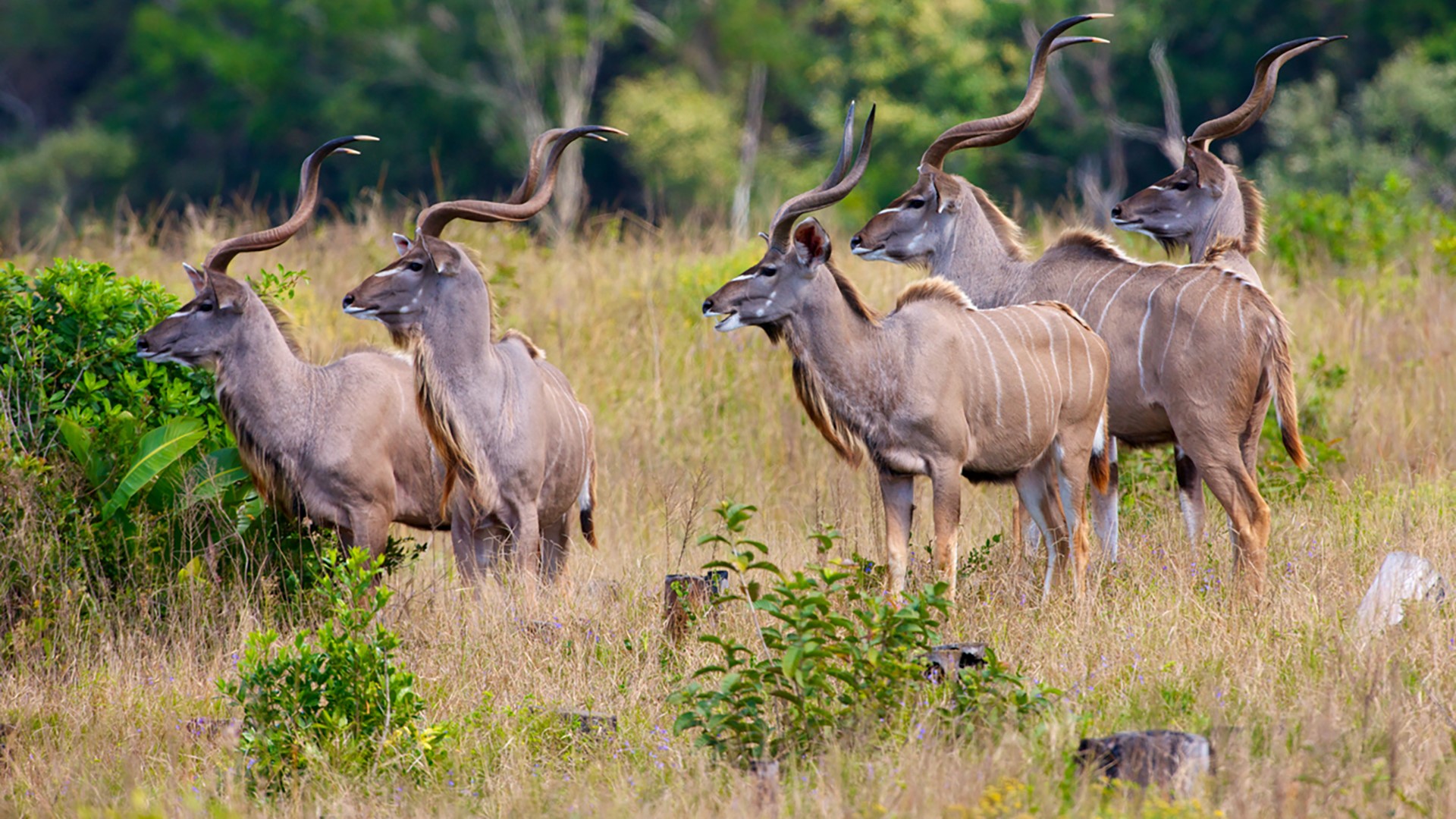
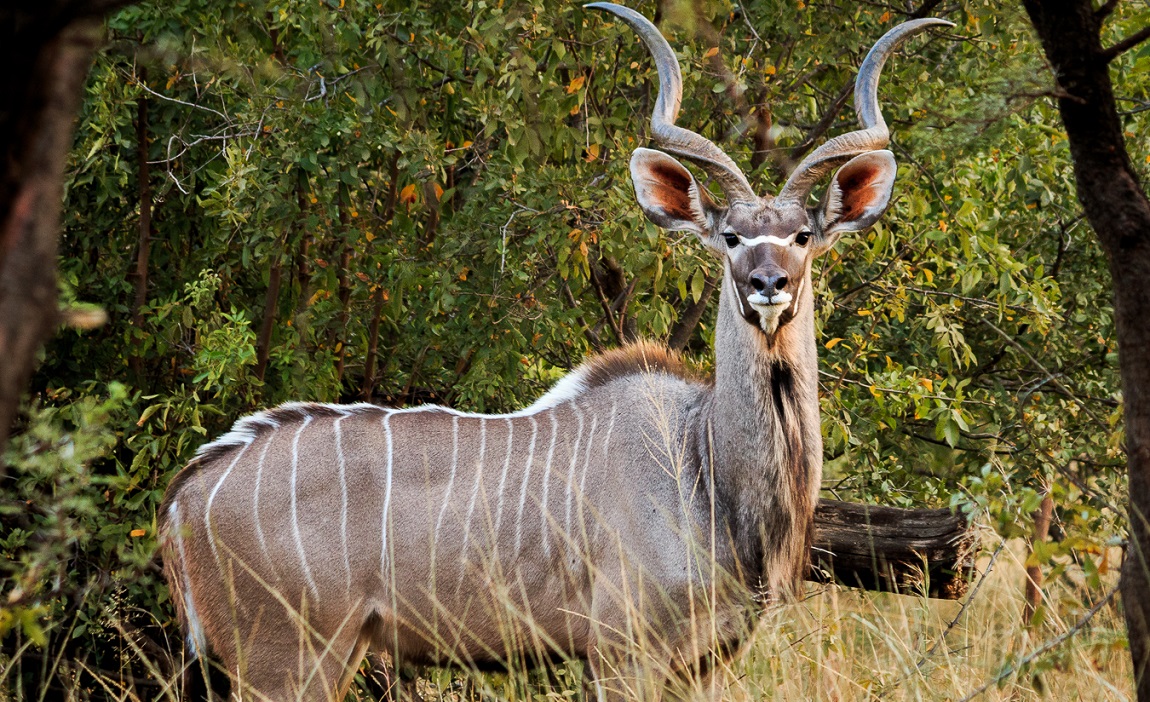
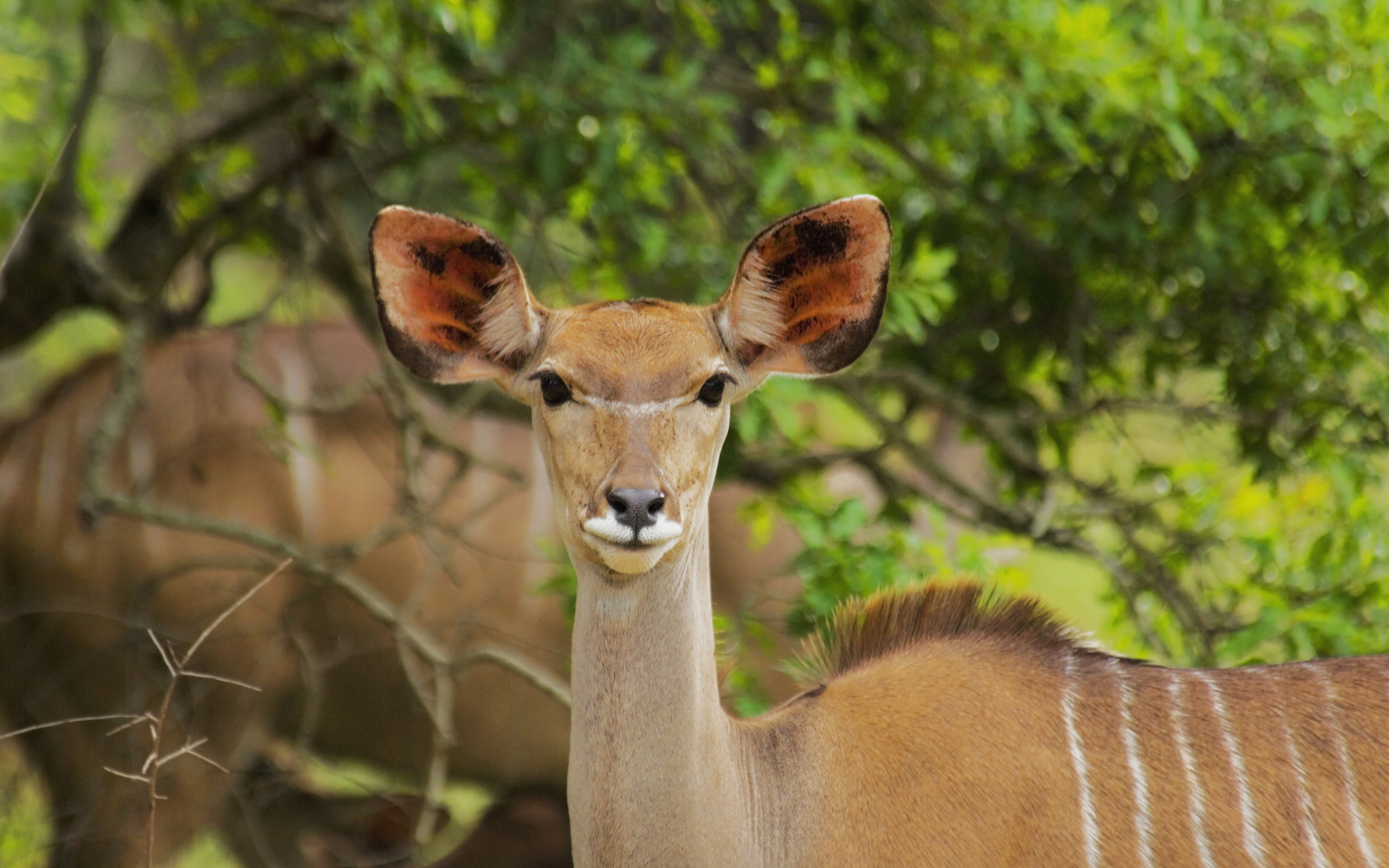
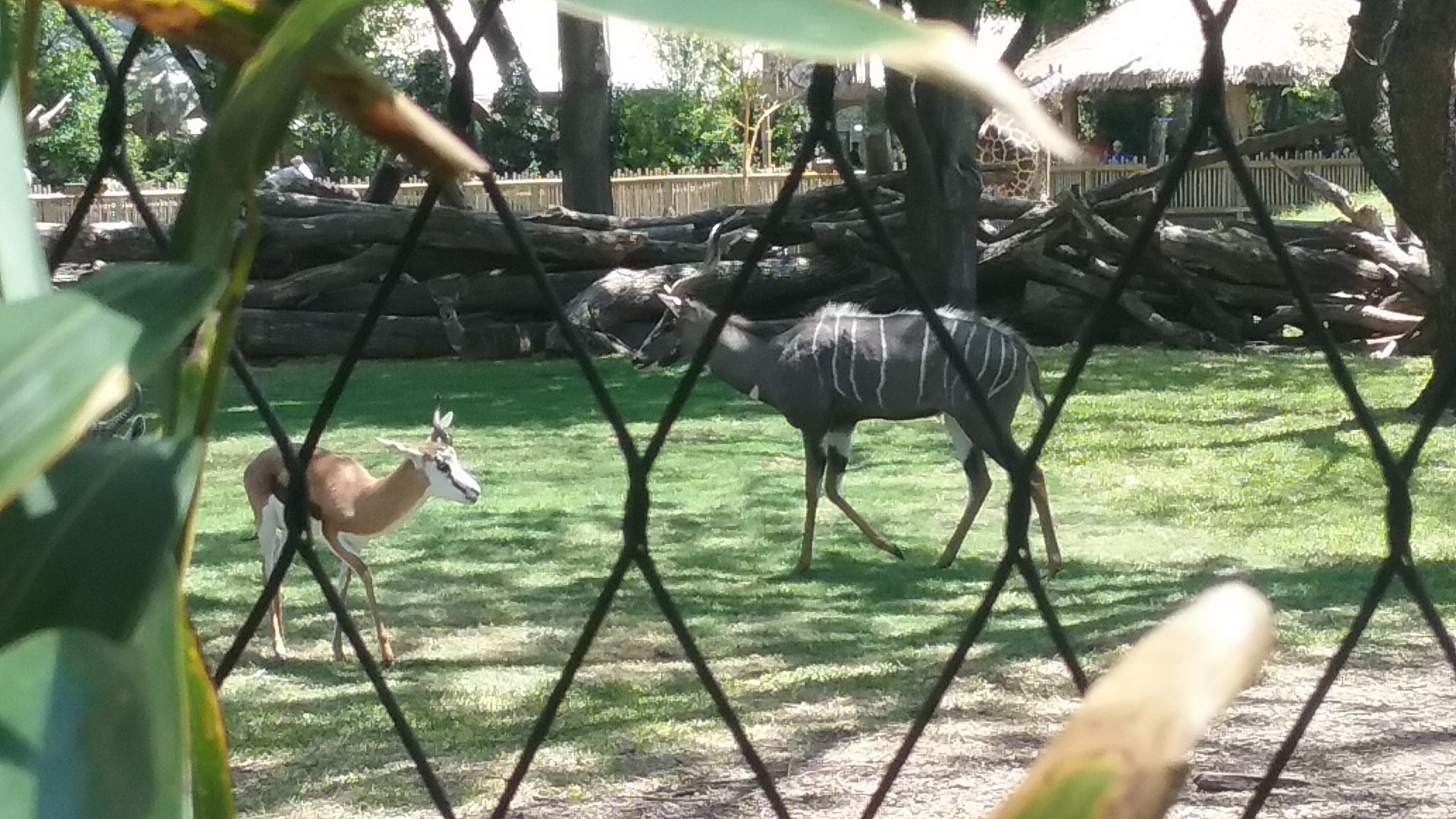
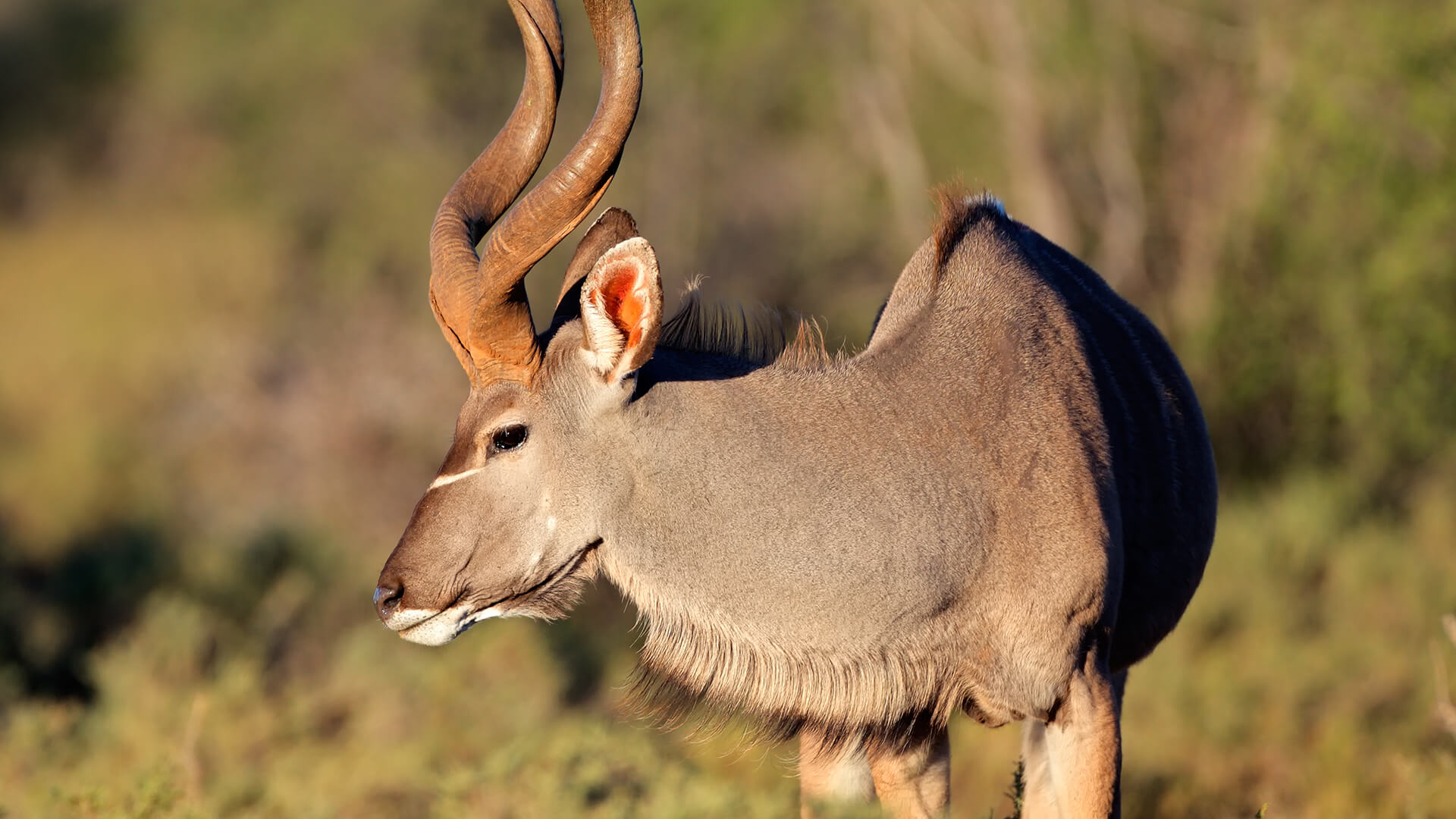
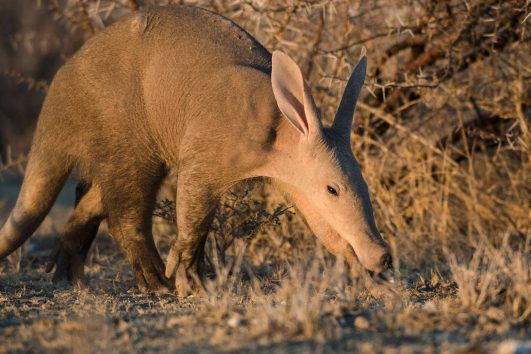
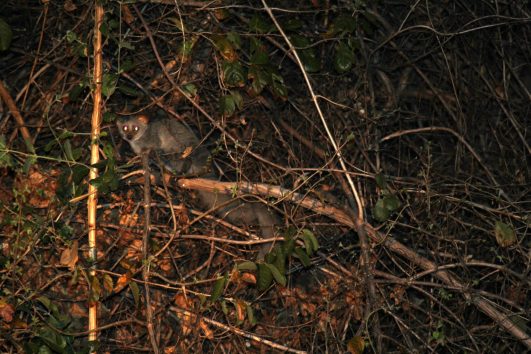
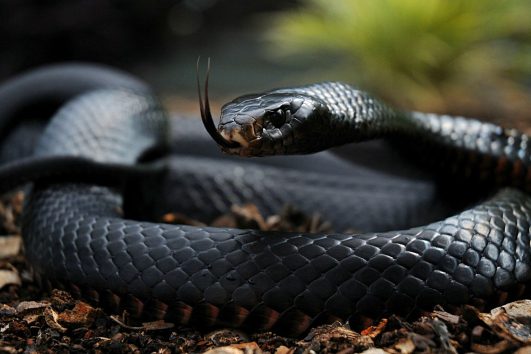
Tour Reviews
There are no reviews yet.
Leave a Review